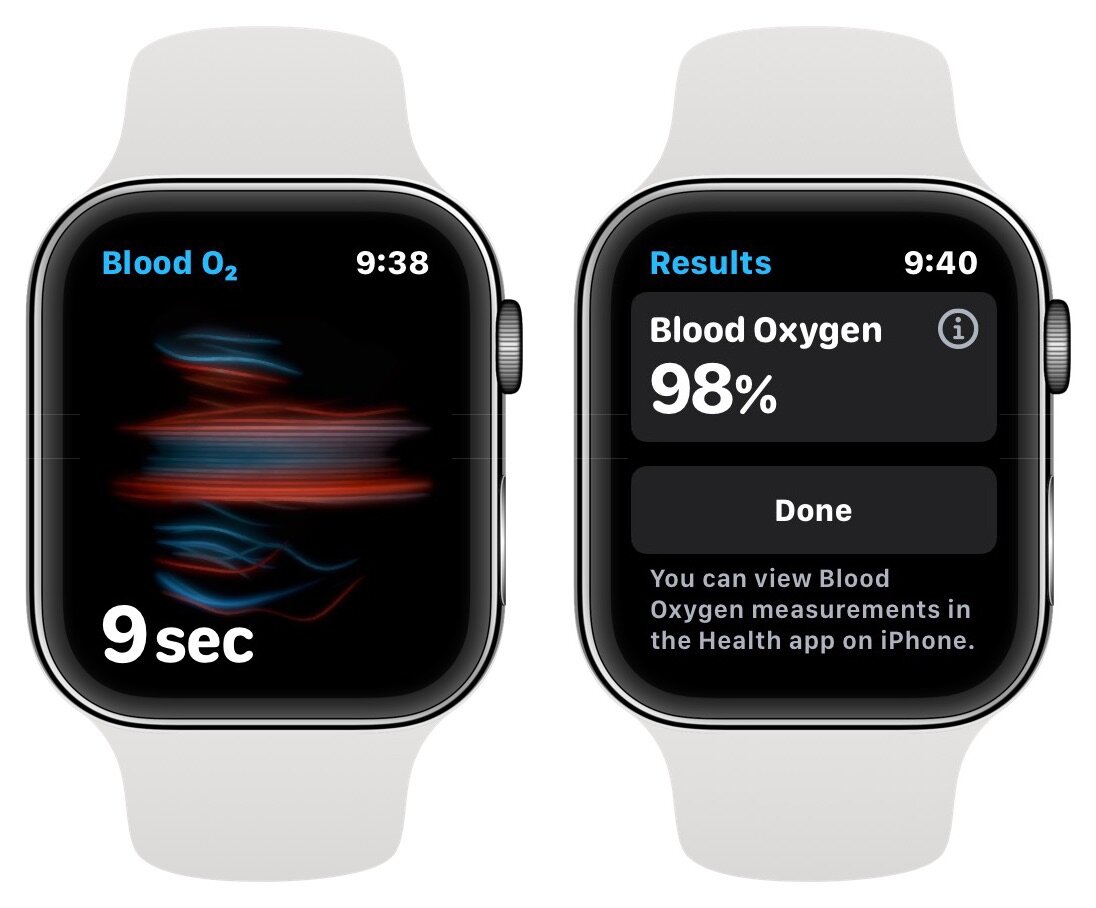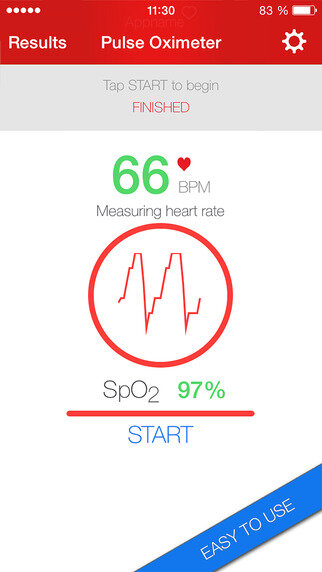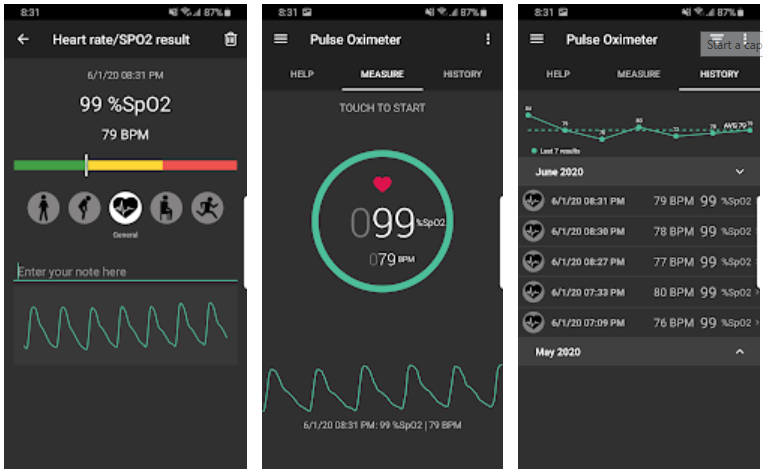
Rythm
An app that allows its users to painlessly and easily track, record, and understand their unique heart rhythm.
Project: Mobile Heart Monitor App
Context: Student Project
Role: UX, UI, & Interaction Designer
Device: Android & iOS App

Objective of Research.
Everyone has a heartbeat that is unique to their physiology and therefore health. Rythm brings innovative pulse oximeter technology and a clean easy to use documentation platform to your fingertips. Whether you’re working out, having an anxiety attack, or just relaxing, your pulse can be easily read and uploaded to our platform where our system can inform you on patterns related to your unique Rythm.
I chose this project to redesign because of the prevalent and growing need for oximeter technology and the lack of good design in this product field.

Market Research
Many people with COVID-19 have low levels of oxygen in their blood, even when they feel well. Low oxygen levels can be an early warning sign that medical care is needed. If someone has COVID-19, a pulse oximeter may help them keep watch over their health and to know if they need medical care.
For consumers in the era of Covid, a pulse oximeter may help ease anxiety and simulate some aspect of control over their health.
The U.S. health market has experienced a massive sales impact due to coronavirus (COVID-19)
There has never been more of a need — or panic — for knowing your pulse till now and it’s all because of Covid. Despite the American Lung Association advising against buying pulse oximeters unnecessarily, there has been an influx in pulse oximeter purchases resulting in product shortages.








Product Market
I examined 8 health monitoring apps and products. It’s necessary to state that not all pulse oximeters are accurate. Even the renowned Apple Watch and Fitbit have language illustrating its blood oxygen app is “not intended for medical use” and is “only designed for general fitness and wellness purposes.”
According to a white paper released for a pulse oximeter app by DigiDoc, the app measures oxygen saturation "within 90–100% (version 2.0.4) with an accuracy of 0–4 RSM compared to a medical-grade pulse oximeter."
Apple Watch, Fitbit, Heart Rate Plus, Pulse Oximeter, Cardiograph, Cardiac diagnosis (arrhythmia), OxyCare, & Qardio Heart Health.There is a strong market opportunity for an affordable heart monitor app with decent accuracy, easy data documentation, and insightful pattern recognition.
Building the Framework
During my heuristic research and ethnographic testing phase, I built user flows that expose the most fundamental necessities to this consumer. Users need to be able to easily and simply record their pulse, document and access their history. The result of recording their bpm should immediately tell them a brief analysis of their current reading in relation to their history. Users can also have the ability to go into their history and edit, review, and share their data with their physicians.
Based on this analysis, I began developing the information architecture and MVP framework.
Site Map
The application opens on the primary function — BPM reader.
The 4 main pages users will interact with.
BPM Reader
Patterns
History
BPM categorization
There is also a breathing activity that can be accessed from the main BPM reading page [top corner].
Design Identity.
The design is paramount for Rythm. We have few interactions and a handful of competition so designing for our primary and general user demographic is key. Looking at our competition, generally, the design is “cold” (hard edges, bold color palette, and a lack of imagery) and prioritizes usability of user experience. I wanted to design Rythm with an aesthetic that respects the psychology of our user — the majority of our users are anxious about their health (Covid-19) and or desire to maintain/better their health.
I want the design to mimic what our app does for our user — soothe.
Design.
I designed the interface to feel 1)futuristic so our user feels like they are at the forefront of health & wellness and 2)calming so users can feel less anxious about their health.
Through the utilization of minimalism, neutral colors, organic semiotics, amorphous shapes, and spacial simplicity I hope to have pushed mobile pulse oximeter technology into a new space — self-care.
Final Thoughts.
This project concluded in a three-week period. The deliverables I produced include; information architecture, user-tested MVP data, quality mobile app MVP, and foundation to a business proposal. I’m psyched with the final product’s unique aesthetic and how the design is able to touch the lives of the tested users. Future iterations might include additional premium options like; exporting data files and physician access — they can leave personal notes in your BPM analysis overview.









